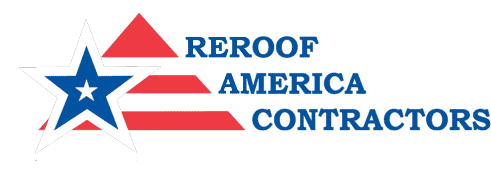Smart Guide About Commercial Roofing System You Should Know
Although the primary purpose of defending your property or residence from elements exists in commercial roofs and residential roofs, the similitudes end there. The most important difference in the slope of the roof, which is dictated by the scale of the structure, is between residential and commercial roofing. Due to the smaller buildings, they have usually a steep slope roof visible from the ground and using architectural tiles, asphalt shingles, and slate.
As commercial buildings are bigger, commercial roofs appear to have flat or only minor roofs that are not visible from the ground. Commercial roofs come with a wide variety of building designs and other variables such as environmental conditions, such as high heat and severe cold, or whether surface traffic needs resistance to high foot traffic.
Commercial System of Roofing
Roofing with a single ply: TPO, PVC and EPDM roofing systems. Many building owners prefer unbelievably flexible, resilient and materials because it does not tolerate peeling, cracking or other weathering. They are designed to be mounted in a single layer as their key characteristic. The thermal plastic membranes and thermoset membranes are two big groups in the single-ply roofing industry.
TPO: The material most widely used in Oklahoma on low-piste roofs is reinforced roof bed linen with heat-soiled seams that have high reflectivity. TPO (Thermoplastic Polyolefin). TPO is a single-ply membrane, typically made of polypropylene and the polymerized ethylene-propylene rubber. TPO is known as thermoplastic membrane and is available in a number of colors, even though white, gray and tan are the most common. The membrane may be placed in various ways, including mechanical attachment, attachment or ballasting.
PVC (polyvinyl chloride): the material for PVC roofing is composed of two coats of PVC between them. The top ply incorporates UV-resistant additives to the membrane. Usually, the bottom ply is darker and incorporates versatility plasticizers to ease mounting. Longevity, and fire resistance are also the advantages of a PVC membrane. PVC is also solvable, so that it can be sell to a contiguous sheet that is waterproof. The welding of a premature rib to the wall, which produces a visibly attractive esthetic for a much lower value, can resemble a standing seam roof system. PVC membranes can also be used in fresh sheets and recycled.
EPDM roofing: What is EPDM roofing? The letters mean "ethylene propylene diene monomer," a chemical compound which is difficult to predict and known for being elastic and tough. EPDM roofing has a very strong material capable of overcoming the relentless ultraviolet light bombardment and all harmful sunlight.
EPDM's rubber roofing is one of the most common commercial roofing materials in current use, because it combines low cost and durability. A synthetic rubber form consisting of natural gas and oil is an EPDM rooftop membrane. In commercial buildings on a low route all over the world, EPDM roofing material is used.
Contact Reroof American in Oklahoma to get your commercial roofing installation done without delay.

